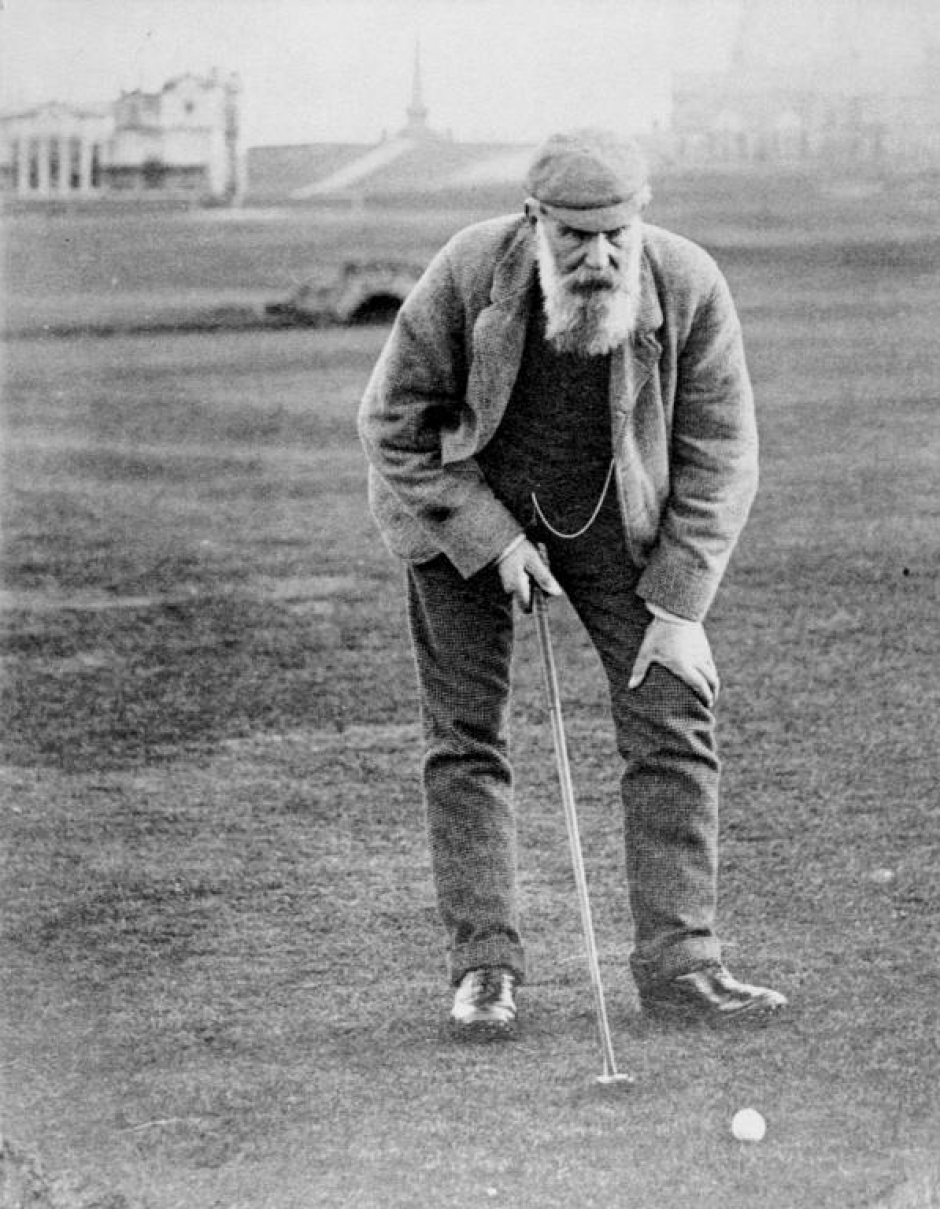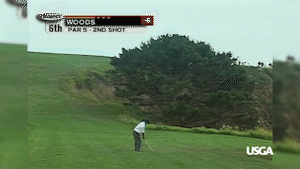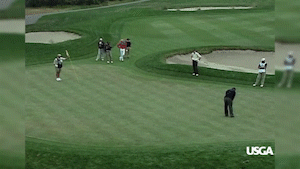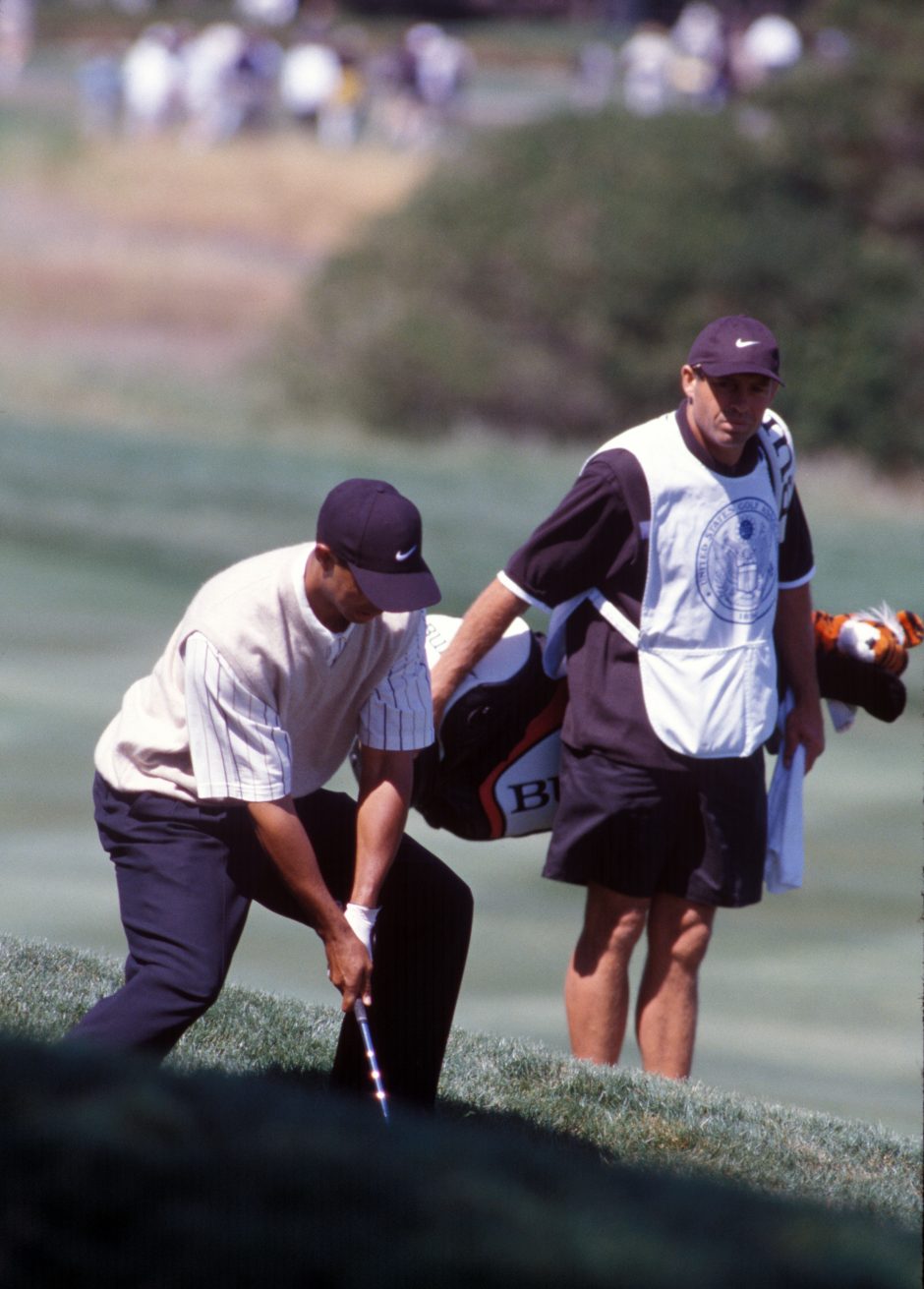Tracking Tiger: Reliving the Greatest U.S. Open Performance Ever
The 2000 U.S. Open has no peer. Tiger Woods did not three-putt all week, while one-putting 34 of the 72 greens. He tied the all-time scoring record at a U.S. Open when nobody else in the field broke par. He also opened the tournament with a 65, the lowest U.S. Open score ever shot at Pebble Beach.
Woods was ruthlessly dominant, tying or setting nine U.S. Open records – including the biggest lead after two rounds (six shots), three rounds (10 shots) and four rounds (15 shots). His play transcended eras, as the previous record for margin-of-victory at any Major was set during the American Civil War.

Tiger's play transcended eras, as the previous record for margin-of-victory at any Major was set during the American Civil War.
That previous pedestal for supremacy is barely recognizable. Old Tom Morris used a gutta-percha ball, hickory-shafted clubs and played a 12-hole course three times to beat just seven other players by 13 shots in the 1862 British Open – the third championship ever contested.
Pebble Beach and Tiger Woods have become inseparable thanks to that legendary week in 2000. As we eagerly anticipate his return in 2019, we look back at the moments that defined his historic performance:
“It’s Just Not a Fair Fight!”

This shot on No. 6 isn’t really replicable anymore – the fairway now pours over the cliff, and the tree staring at Woods was lost to Mother Nature – but even if you could theoretically hit this shot, you definitely couldn’t. Woods smashed a 7-iron from 205 yards out of 4-inch rough, up and over that tree, up and over the mountainous second fairway, and somehow found the green, prompting NBC announcer Roger Maltbie to proclaim, “It’s just not a fair fight!”
If any one shot magnified the difference between Woods and the mere mortals he was competing against, this strike in the second round was it.
“Good-Night!”

Woods didn’t tee off until 4:40 p.m. on Friday because of a weather delay, and a horn suspending play for darkness sounded when he was on just the 12th hole. The dialed-in Woods chose to finish the hole anyway, pouring in a 30-foot birdie putt from across the green. Woods unleashed his trademark uppercut fist-pump, and ESPN announcer Mike Tirico signed off the round with an appropriately emphatic “Good-Night!”
Woods Almost Runs Out of Golf Balls
Woods was audibly, shall we say, unhappy, when he sniped his drive left on No. 18 and into the ocean at the end of his second round. The cameras caught some colorful language from Woods, prompting Johnny Miller to bashfully say, “Well, that made my commentary look pretty mild.”
Woods collected himself and piped his next drive down the fairway, making a birdie-4 on his second ball to salvage a bogey-6 after the penalty. But what Woods didn’t know was that the second ball he hit was literally the last one in his bag. Woods was finishing up his disjointed second round Saturday morning, and his caddie Stevie Williams hadn’t properly restocked the bag.
Imagine the colorful language we might have heard if Woods ran out of balls? Williams even suggested that Woods should play it safe and hit an iron off the tee instead. If worse came to worst, Williams was planning to run up to the pro shop and buy more golf balls. Wouldn’t that have been wild?
Woods Gives the Field Hope – For One Hole
Cruising at 9-under through 38 holes, Woods tumbled with a triple-bogey 7 on the third hole of the third round. He dumped his approach short-right, but it didn’t quite make the bunker, and he needed two shots to hack out of some seriously heavy hay.
But just four holes later after a birdie at No. 7, Woods was already back to even-par for the round. He then bounced back from a bogey on No. 8 with a birdie on No. 9 – the toughest hole of the championship.
Ultimately, on a day when just one player broke par, Woods shot even, despite his triple-bogey on No. 3. His lead grew from six to a staggering 10.

Ultimately, on a day when just one player broke par, Woods shot even, despite his triple-bogey on No. 3.
No Bogeys
With a 10-shot lead going into the final round, Woods knew he needed a goal to stay focused. So he set an ambitious one – no bogeys, which was something he managed to do in the first round.
Woods pumped out nine straight pars on the front nine of his find round, before birdies on four of the next five holes pushed him all the way to 12-under. With a lead that was approaching 15 shots, Woods was visibly disappointed when he airmailed the 16th green, setting up a delicate up-and-down. He was left with a 12-foot par putt, which he rattled home and celebrated with an emotional fist-pump.
Even leading by a mile, Woods was grinding like he was chasing the lead by one. That demonstration of tenacity and mental fortitude defines his U.S. Open triumph as much as anything else.